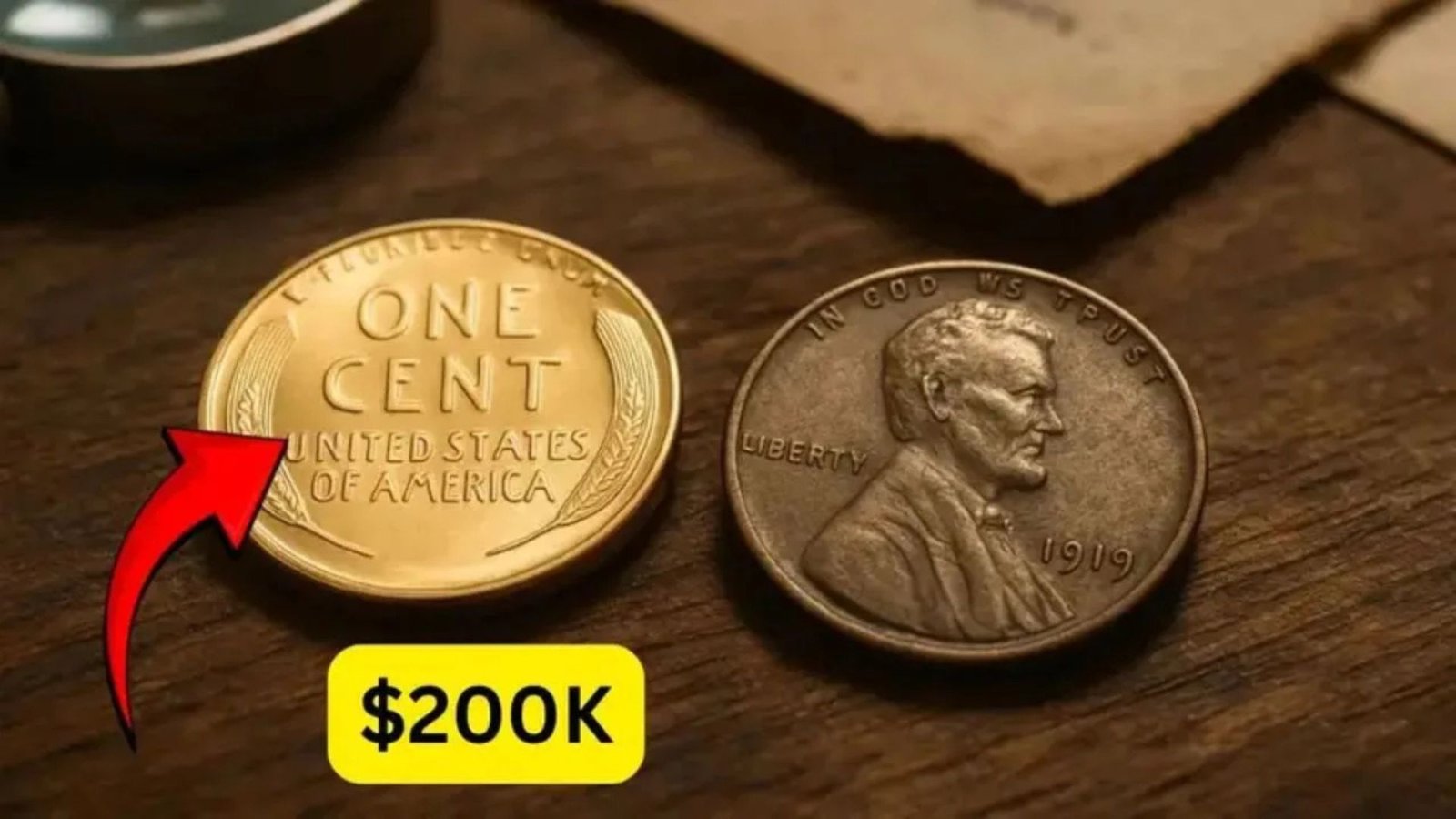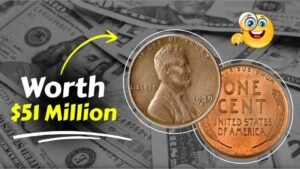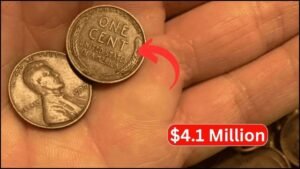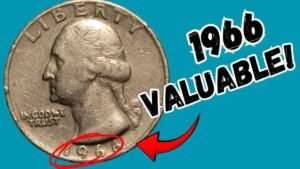Could a simple Lincoln Wheat Penny sitting in your coin jar be worth more than a luxury car? Believe it or not, some of these old pennies have fetched over $200,000 at auction. Collectors are constantly hunting for these rare treasures, and one small detail could turn your ordinary cent into a life-changing discovery.
What Is the Lincoln Wheat Penny?
The Lincoln Wheat Penny, also known as the Wheat Cent, was minted from 1909 to 1958. Designed by Victor D. Brenner, it features President Abraham Lincoln on the front and two wheat stalks on the back — a tribute to America’s agricultural heritage. It was the first U.S. coin to feature a real person, and its timeless design makes it a favorite among collectors even today.
The Hidden History Behind the Wheat Penny
In 1909, the U.S. Mint introduced this new cent to commemorate Lincoln’s 100th birthday. The design immediately caught the public’s attention, but controversy arose over Brenner’s initials “V.D.B.” appearing prominently on the reverse side. Some 1909 pennies with these initials were pulled from circulation, making the 1909-S VDB Lincoln Cent one of the most sought-after coins in American history.
Why Some Lincoln Pennies Are Worth a Fortune
While millions of Wheat Pennies were produced, certain errors, mint marks, and unique years make some of them incredibly valuable. Rarity and condition play the biggest roles in determining value. For instance, the 1943 Copper Penny — mistakenly struck in copper instead of steel — is one of the rarest U.S. coins ever made. In pristine condition, it can sell for over $200,000.
Most Valuable Lincoln Wheat Pennies
| Year | Mint Mark | Key Feature | Estimated Value |
|---|---|---|---|
| 1909-S VDB | San Francisco | Designer initials “VDB” | $1,500–$50,000 |
| 1914-D | Denver | Extremely low mintage | $5,000–$150,000 |
| 1922 No D | Denver | Missing mint mark error | $15,000–$200,000 |
| 1943 Copper | Philadelphia | Wrong metal composition | $100,000–$250,000 |
| 1955 Doubled Die | Philadelphia | Double inscription | $1,000–$15,000 |
What Makes the 1943 Copper Penny So Special?
During World War II, copper was needed for ammunition, so pennies were made from zinc-coated steel instead. However, a few copper planchets from 1942 accidentally got reused in 1943, creating the rare 1943 Copper Wheat Penny. Experts believe only about 20 to 40 coins exist today, making it a true collector’s dream.
Comparison – Steel vs. Copper 1943 Pennies
| Feature | 1943 Steel Penny | 1943 Copper Penny |
|---|---|---|
| Composition | Zinc-coated steel | 95% copper |
| Color | Silver-gray | Reddish-brown |
| Magnet Test | Magnetic | Non-magnetic |
| Value | $0.10–$2 | Up to $250,000 |
How to Tell If You Have a Rare Penny
Start by checking the year and mint mark (letters below the date). Use a magnet — if your 1943 penny sticks, it’s steel; if not, it could be copper and potentially worth a fortune. Also, look for errors like double strikes or missing marks. Even a small variation can mean a huge difference in value.
Expert Tips for Coin Collectors
- Preserve Condition: Handle coins carefully with gloves to avoid damage.
- Get Professional Grading: Have your coin authenticated by PCGS or NGC for accurate valuation.
- Research Before Selling: Rare coins sell best through reputable auction houses.
- Store Safely: Keep in a temperature-controlled environment to prevent corrosion.
FAQs About the $200,000 Lincoln Penny
Q: Can I find a valuable Wheat Penny in circulation today?
A: It’s rare but possible. Coin roll hunting and checking old jars can sometimes yield surprises.
Q: What years of Wheat Pennies are worth money?
A: 1909-S VDB, 1914-D, 1922 No D, 1943 Copper, and 1955 Doubled Die are among the most valuable.
Q: Should I clean my old pennies before selling them?
A: Never clean coins — it can reduce their value dramatically. Collectors prefer natural toning.
Conclusion: Check Your Change – You Might Be Holding a Fortune
The Lincoln Wheat Penny is more than just a relic of American history — it’s a potential treasure hiding in plain sight. Whether it’s a 1943 Copper Penny or a rare 1909-S VDB, these coins remind us that incredible value can be found in the smallest details. So next time you sort through your spare change, look closer — your next penny could be worth $200,000.




